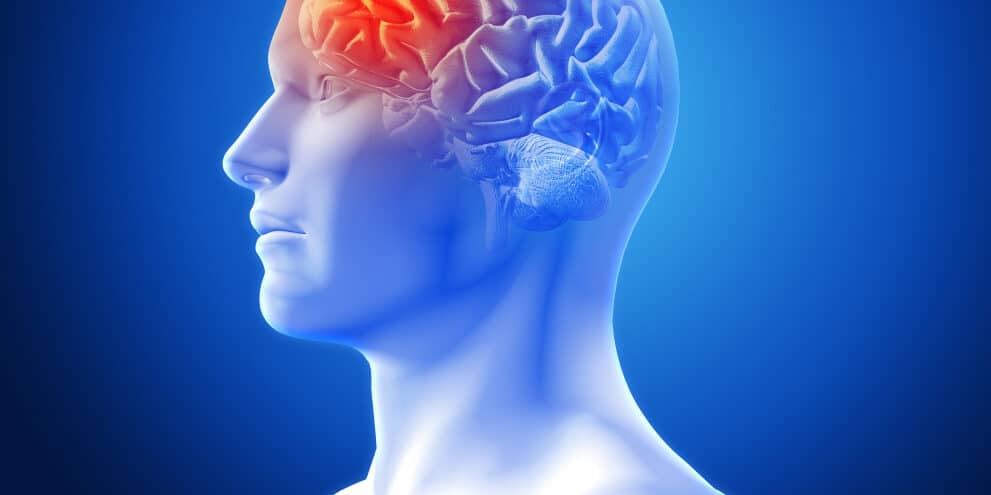‘Less and less science fiction’: Scientists edge closer to editing the human brain
In May, a “stunning success” was reported when a bespoke CRISPR treatment saved a baby boy named KJ from a deadly liver disease. But the brain poses a tougher challenge.
Author
Author
- admin / 4 months

- 0
- 3 min read

Author
“The data have never looked so good,” says Monica Coenraads, founder and CEO of the Rett Syndrome Research Trust, quoted by the journal Nature. “This is less and less science fiction, and closer to reality.”
Scientists are closing in on a formidable new target for genome editing, the human brain, an article published in the Nature has revealed. A series of breakthroughs over the past two years has raised hopes that CRISPR-based therapies could soon treat devastating neurological diseases.
Researchers have already used gene-editing therapies to treat disorders of the blood, liver, and eyes. In May, a “stunning success” was reported when a bespoke CRISPR treatment saved a baby boy named KJ from a deadly liver disease. But the brain poses a tougher challenge.
“The molecular components needed to treat KJ were inserted into fatty particles that naturally accumulate in the liver,” the article says. “Researchers are searching for similar particles that can selectively target the brain, which is surrounded by a defensive barrier.”
For families facing brain disorders, the wait is painful. “The question that I hear from our families is, ‘It was done so quickly for him. What’s taking us so long?’” says Coenraads, whose group focuses on Rett syndrome, a rare brain-development disorder.

The demand for answers is growing as genome sequencing increasingly links mysterious seizures and developmental delays to precise genetic mutations. “People are starting to now find out that their child’s seizures, for example, are related to particular genetic mutations,” says Cathleen Lutz, a geneticist at The Jackson Laboratory in Bar Harbor, Maine, as quoted in the article.
“The mouse results were dramatic”
In mouse studies, new CRISPR-based methods are showing dramatic results. David Liu, a chemical biologist at the Broad Institute of MIT and Harvard, used “prime editing” to repair mutations that cause alternating hemiplegia of childhood (AHC), a devastating disease marked by seizures, learning disabilities, and partial paralysis.
“The mouse results were dramatic,” says Liu. “We were amazed.” The treatment corrected the mutation in about half of the brain’s cortex, the region that controls learning and memory, and eased seizure-like episodes, improved motor control, cognition, and even extended lifespan.
Liu’s lab is also targeting Huntington’s disease and Friedreich’s ataxia, while in China, neuroscientist Zilong Qiu at Shanghai Jiao Tong University has used “base editing,” an ultra-precise CRISPR tool, to fix mutations in the MEF2C gene. In mice, this single-letter DNA correction restored normal social behavior and strengthened nerve-cell connections.
Also read: COVID may have aged your brain by 5.5 months









